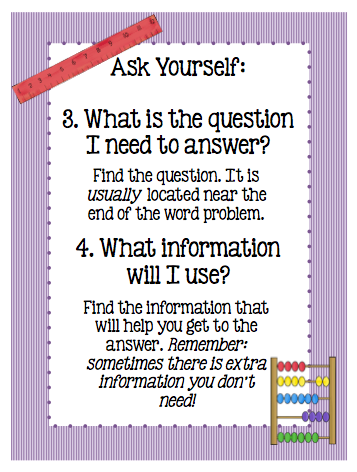My current obsessions are: thrift store furniture, the color aqua, and fabrics with bird print (save that thought for a later date).
I think vintage furniture is amazing. Don't get me wrong- I've purchased many a dresser at Ikea and they have served me well. However, there's something special about the detail, lines, and especially the quality of older furniture.
With limited storage in my new space, I knew I wanted a multi-functional media stand in my living room and I knew exactly what I was looking for. I ventured over to the Morris Habitat Restore which happened to be having an anniversary sale. For just a little over $60, I picked up an amazing dresser that was sturdy and in great shape. I'm always amazed when I see people who take severely damaged furniture and rehab it, but as a novice I'm not quite there yet.
After a ton of research and several trips to the hardware store, I decided to use the following products:
Zinsser Cover Stain Primer
Glidden Paint in Arctic Stone (2 sample jars were enough for the entire project)
Elmer's wood filler
A good-quality Purdy paintbrush
Minwax Finishing Paste
Foam brushes
Painter's Tape
Cheesecloth or a very thin cotton rag/old t-shirt
As you can see, the dresser was in such great shape that I could've easily shined up the hardware and called it a day. But what would be the fun in that?
Before:
Step 1: I removed all of the hardware and drawers. I knew I was going to use different hardware, so I used wood filler to fill in the holes and sanded them down. It may have been an unnecessary step, but I taped around the inside of each drawer opening so I would have neater lines when painting.
Step 2: I applied 2-3 coats of Zinsser Cover Stain Primer using a foam brush. Because it is oil based, it is best to use brushes that you are comfortable throwing away shortly thereafter.
Step 3: I used a good-quality paintbrush and painted several coats of the Glidden Arctic Stone paint onto the dresser and drawers. After allowing it to dry overnight, I placed a ball of Minwax Finishing Paste inside of an old thin rag and waxed each part of the dresser. As you rub, the wax will seep through the cloth and give you a nice solid finish. Once it sets after about 15-20 minutes, you can wipe it down again with a clean cloth.
Step 4: I placed the drawers back in drilled holes for the new hardware (apologies for the messy picture!)
Final Product:
As you can see, I removed the top drawer and drilled a hole in the back so my TV components fit perfectly inside. At some point, I may remove the drawer front from the top drawer and add a hinge and magnet to it so I can easily close it and keep those components hidden. For now, this works beautifully!
Total cost: Around $120 for dresser & supplies




.JPG)


